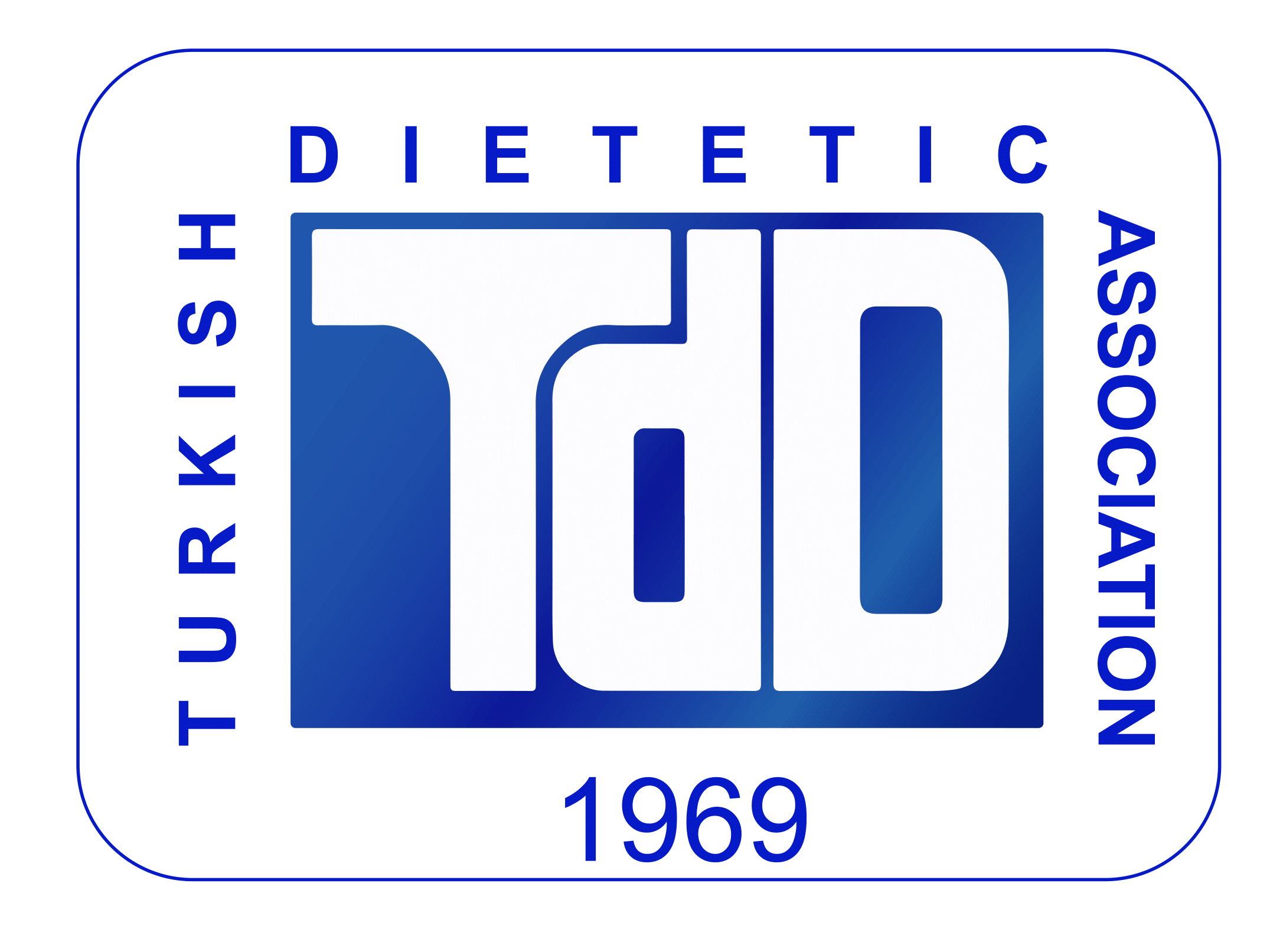Endocannobinoids and Obesity
Keywords:
Endocannabinoid system, obesity, rimonabantAbstract
Cannabis, Hemp (Cannabis sativa) has been cultivated in many parts of the world for over 4500 years. The alkoloid D-9-tetrahydrocannabinol content of this plant has an abused action like marijuano and hashish and has been used as a recreational drug. Endocannabinoid system contributes to physicologic regulation of energy balance, food intake, glucose and lipid metabolism in central and periphery. Cannabinoids exert their action through the specific receptors cannabinoid-1 (CB-1) and (CB-2). CB-1 receptors are primarily distributed to the various parts of brain, adipose tissue, vascular endothelium and sympathetic nerve terminals. CB-2 receptors are located in lymphoid tissue and peripheral macrophages. Activation of the CB-1 increases activity of lipogenic enzyme lipoprotein lipase and decreases production of adiponectin. Genetically endocannabinoid system of the obese experimental animals is very active. When CB-1 activation is blocked by compound named rimonabant decreases food intake and causes risk of obesity. Although some findings from studies with administration of rimonabant indicate good results, large clinical studies are still going on.

